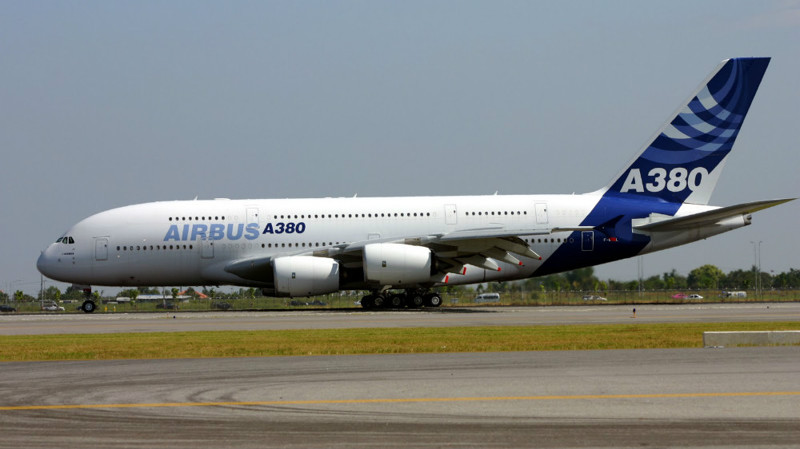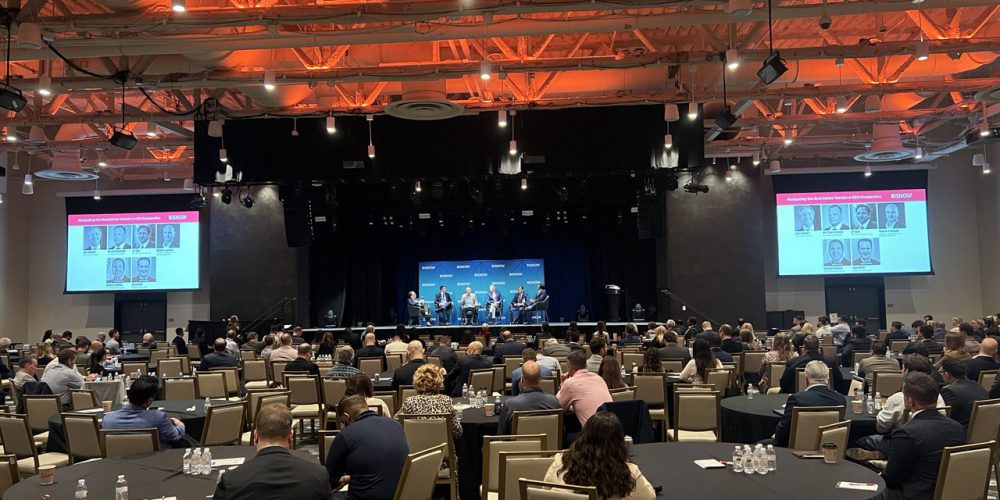It seems that hybrid work is emerging as the clear winner

For the past couple of years, there has been a tug-of-war between bosses who want employees to return to the office and employees who would rather be anywhere but in the office.
But it seems that the battle to return employees to the office has reached a stalemate now.
After a lot of back-and-forth, both camps seem to be moving closer to an agreement. The latest data from the WFH Research by José Maria Barrero, Nicholas Bloom and Stephen J. Davis shows that employees want to work remotely about 2.7 days a week. This was the case for most of 2021, swinging upward in spring and early summer of 2022, when new variants of the coronavirus swept the US, and trending back downward in July.

Employers have done a bit more of the shifting. In July 2020, companies only planned to allow remote work 1.5 days a week. They’ve since let up on that stance, increasingly allotting more days for employees to work from home, now up to about 2.3 days a week as of October. It could be the start of a compromise, in which neither party is going to insist on only remote or in-person work but instead choosing the middle ground.
While companies spent much of the pandemic at employees’ behest during a tight labor market, they were ready to put their foot down as threats of recession loomed. Many used company culture as a stand-in for the office, assuring that in-person collaboration would be better for productivity and for business. David Solomon, CEO of Goldman Sachs said in February that “the secret sauce to an organization is collaboration between younger employees and other more experienced ones.”

“For Goldman Sachs to retain that cultural foundation, we have to bring people together,” he claimed as he ushered everyone back to the office, one of the first CEOs to do so.
Some companies followed suit post-Labor Day, with employers like Apple and Peloton rolling out office mandates.
It worked in the beginning. Security firm Kastle Systems found that following the early September mandates, more workers were back in their cubicles than ever since the pandemic started. But the initial uptick in office traffic dropped down from 47.5% to 47.3% in one week.
Perhaps that’s because many workers feel discouraged from going into the office when the office is “empty”. And because employers weren’t quite right about the connection between office and company culture. “It’s easier to be a manager in person, and it’s easier to return to what you know,” Sarah Lewis-Kulin, vice president of global recognition at the Great Place to Work Institute said. “But there wasn’t some beautiful heyday three years ago where everyone felt included and connected to a culture.”
It seems that hybrid work is emerging as the clear winner, as WFH Research suggests. Hybrid workers report stronger loyalty to their employer than fully remote or in-person employees, plus they’re happier and more productive. Meanwhile, companies are still seeing employees where they want them, at least a few days a week.
No wonder hybrid work is shaping up to be the ultimate compromise. Bosses just need to make sure they implement it correctly.
By Alex Arlander |ENC News

































